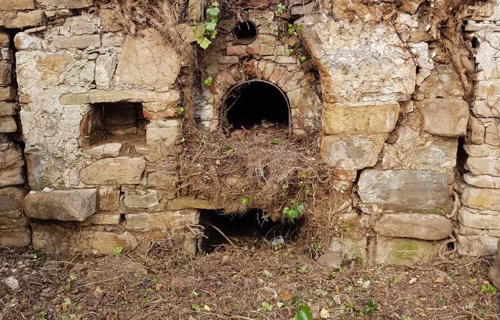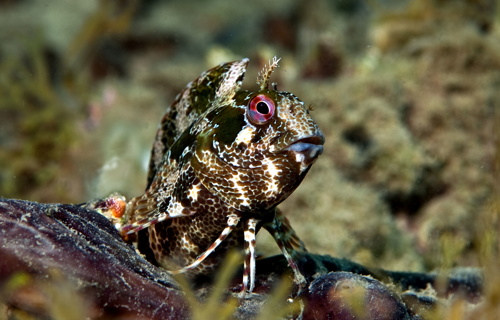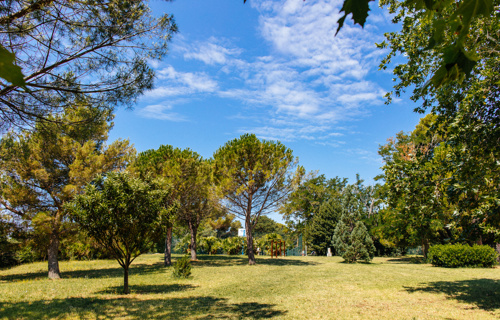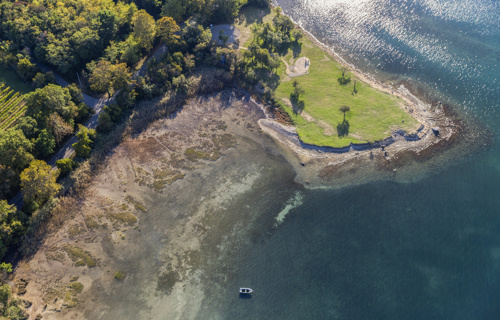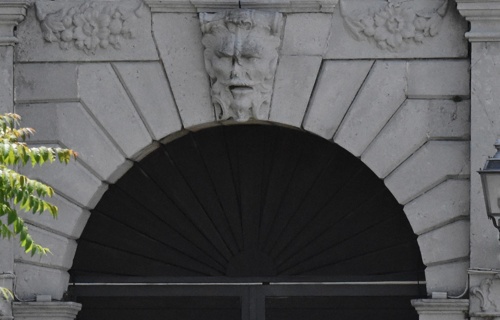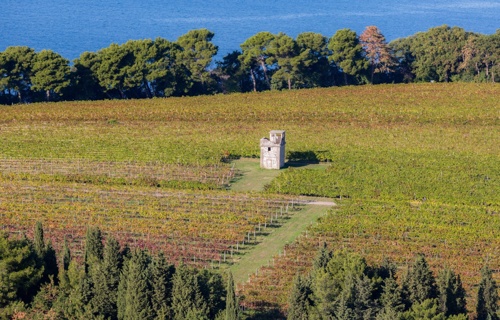Winter
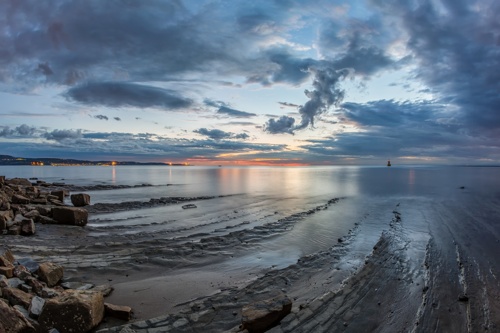 A 12 to 36 metre cliff rises above the sea level. The brittle layers of flysch rock that make up the steep walls and continue beneath the surface of the water have been preserved in their natural state and exposed to erosion, which gives them a special geological and geomorphological value. It is precisely this intense thrashing of the waves at the outermost edge of the cape that has shaped the visually striking stacks of the underground reef, beyond which spreads an expansive sand dune. The low tide in the winter exposes the vast shallow area and the lighthouse in the middle of the water warns seafarers against approaching it.
A 12 to 36 metre cliff rises above the sea level. The brittle layers of flysch rock that make up the steep walls and continue beneath the surface of the water have been preserved in their natural state and exposed to erosion, which gives them a special geological and geomorphological value. It is precisely this intense thrashing of the waves at the outermost edge of the cape that has shaped the visually striking stacks of the underground reef, beyond which spreads an expansive sand dune. The low tide in the winter exposes the vast shallow area and the lighthouse in the middle of the water warns seafarers against approaching it.
Summer
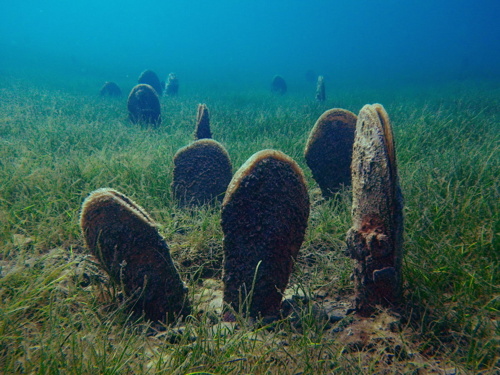 The extensive, extremely shallow coastal belt is the central feature of the marine section of the park. The shallow extends to about 100 metres from the shore, rarely exceeding 5 metres in depth. This means the well-lit sea bottom is especially brimming with various lifeforms. The soft sandy marine floor features dense underwater meadows of Cymodocea nodosa, which shelters a number of rare and endangered species. The sandstone terraces are home to various types of algae and brown algae.
The extensive, extremely shallow coastal belt is the central feature of the marine section of the park. The shallow extends to about 100 metres from the shore, rarely exceeding 5 metres in depth. This means the well-lit sea bottom is especially brimming with various lifeforms. The soft sandy marine floor features dense underwater meadows of Cymodocea nodosa, which shelters a number of rare and endangered species. The sandstone terraces are home to various types of algae and brown algae.
The rich underwater world surrounding Debeli rtič is home to almost 700 animal species, including over a third of all the fish species in the Slovenian sea.
Spring
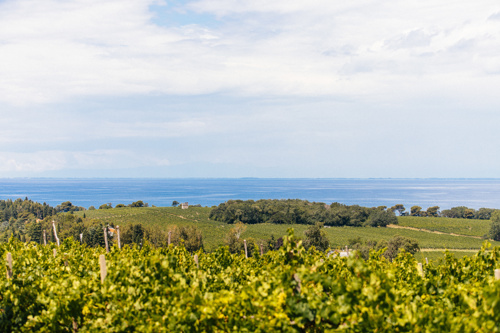 The more gradual cliff walls are overgrown with heat-tolerant shrubland, especially Spanish broom and a type of crownvetch. A lining of thick forest vegetation trails along the upper topmost edge, mostly consisting of planted maritime pine and autochthonous tree species of oak, European hop-hornbeam and manna ash.
The more gradual cliff walls are overgrown with heat-tolerant shrubland, especially Spanish broom and a type of crownvetch. A lining of thick forest vegetation trails along the upper topmost edge, mostly consisting of planted maritime pine and autochthonous tree species of oak, European hop-hornbeam and manna ash.
The oak forest has been mostly cleared from the level ridge of the cape and only a small section remains, like an island among the vineyards. The cape’s turbulent past and its strategic position are marked by the scattered remnants of World War II, such as bunkers, dugouts and the watchtower.
Autumn
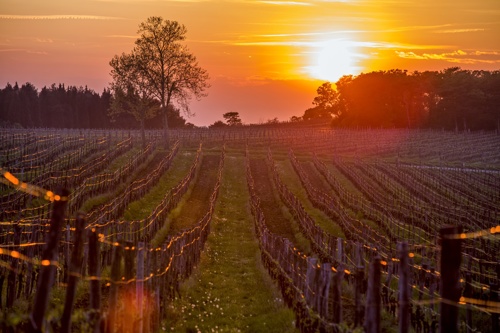 This sparsely populated peninsula on the border with Italy is the northernmost part of the Slovenian coast. A special feature of the location is its expressed sunny position and openness towards the sea. Today, most of the area is covered in olive groves and vineyards. The rolling vineyards spread across almost 70 hectares and grow especially aromatic grapes due to the vicinity of the sea.
This sparsely populated peninsula on the border with Italy is the northernmost part of the Slovenian coast. A special feature of the location is its expressed sunny position and openness towards the sea. Today, most of the area is covered in olive groves and vineyards. The rolling vineyards spread across almost 70 hectares and grow especially aromatic grapes due to the vicinity of the sea.
Debeli rtič offers breathtaking panoramic views of the entire Gulf of Trieste, from Piran to Grado and the peaks of the Italian Dolomites.

